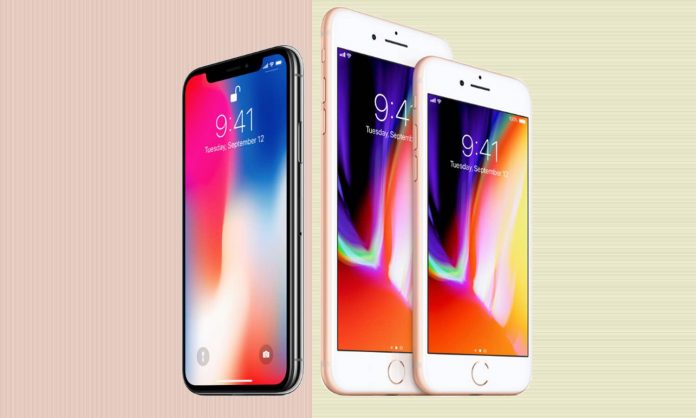iPhone X Vs iPhone 8 Plus: Which Apple Smartphone Should I Buy?.
With three new iPhone models to pick from, Apple fans have more choice than ever before when shopping for a new phone. But that can also make the buying decision all the more confusing.
All of Apple’s latest iPhones have some traits in common: A glass back panel that supports wireless charging, a water-resistant design, the new A11 Bionic processor, and TrueTone display technology for adjusting the screen’s white balance based on the surrounding lighting. In other words: whether you choose the iPhone 8, iPhone 8 Plus, or iPhone X, you won’t be missing out on performance or certain core features like wireless charging and water resistance.
But there are important ways in which the three phones differ, and that’s reflected in their prices. Here’s a breakdown to help guide you through your decision.
If you don’t want to spend a lot of money…
While factors like battery life, screen size, and camera quality are all important, your budget and how much you’re willing to spend on improvements like a larger screen or better camera will likely dictate your decision. The iPhone 8 starts at $699, or $34.50 per month with Apple’s early upgrade program. Meanwhile, choosing the iPhone 8 Plus will tack on an extra $100 and hikes up the monthly price to $39.50. The iPhone X is Apple’s most expensive iPhone yet, starting at $999, or $49.91 per month.
Those prices don’t even include the expenses that come with your data plan, taxes, and the access fee your carrier may charge. If you’re really just looking to upgrade from an older iPhone and don’t care about having a larger screen or facial recognition, the iPhone 8 is probably your best bet.
If you love iPhone photography…
If taking excellent photos is your smartphone’s top job, consider the iPhone 8 Plus or iPhone X. The iPhone 8’s camera is perfectly capable of taking crisp and clear photos, but Apple’s more expensive flagships have extra features for photographers. All three of Apple’s newest smartphones include 12-megapixel cameras, but the iPhone X and iPhone 8 Plus have two cameras, one wide-angle and one telephoto.
Having two cameras makes it possible for the iPhone X and iPhone 8 Plus to create portraits with a depth-of-field effect that slightly blurs the background so that the subject appears sharper. Their telephoto lens also makes the iPhone X and iPhone 8 Plus much better at zooming than the iPhone 8, which can be helpful at concerts and other events.
This dual-camera setup isn’t new to the iPhone: Apple debuted this functionality on last year’s iPhone 7 Plus. What differentiates the iPhone 8 Plus and iPhone X, however, is a new feature called Portrait Lighting, which makes it possible to alter the lighting to produce photographs in different styles. Options include studio light, contour light, stage light (which shines a spotlight on the subject), and stage light mono (which does the same but in black and white). This lighting feature is only available on the iPhone 8 Plus and iPhone X, not the iPhone 7 Plus.
Shoppers who choose the iPhone X over the iPhone 8 Plus will get a few other minor benefits when it comes to photography. Since the iPhone X has depth sensors on the front of the phone, Portrait Mode and Portrait Lighting will also work when shooting with the selfie camera. The iPhone X’s telephoto lens also has a wider aperture than that of the iPhone 8 Plus, which allows it to absorb more light and can result in slightly better photos. Both the telephoto and wide-angle cameras on the iPhone X have optical image stabilization to reduce any blur from shaky hands, while the iPhone 8 Plus only includes this feature for one of its cameras.





